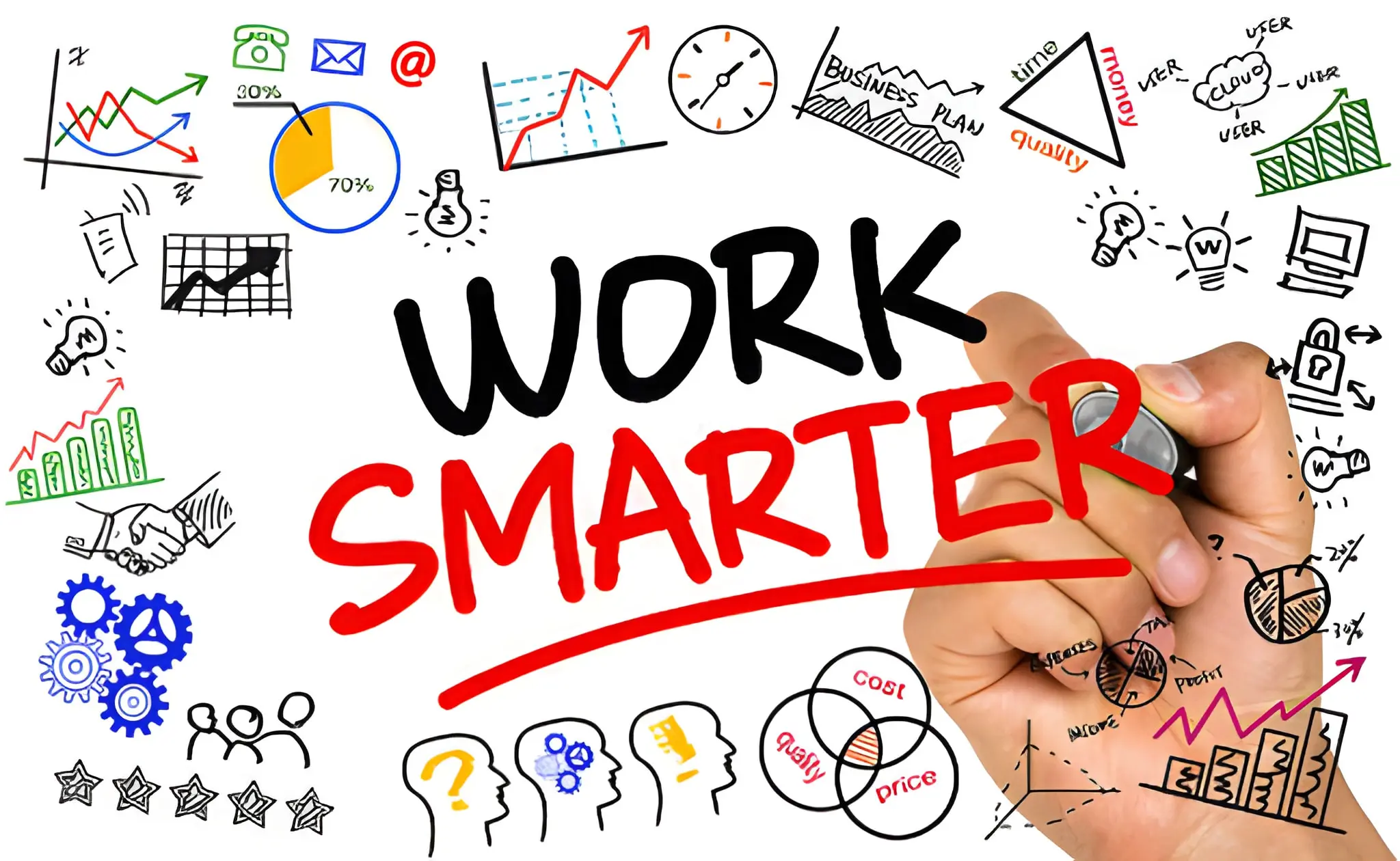Building Smarter Work Environments for Long-Term Employee Satisfaction
Employee satisfaction is shaped by more than pay or policy. It’s also determined by where people work each day. The quality of the workspace influences comfort, focus, and engagement. Smart work environments are built with these factors in mind. They combine design, technology, and functionality to help employees do their best work.
The link between workspace design and employee well-being
A well-designed workspace does more than look good. It supports the physical and mental needs of those using it. Lighting, temperature, air quality, and layout all affect mood and productivity. When employees work in comfortable, organized spaces, they experience less stress and perform better.
Companies that ignore the role of the environment often see higher turnover. Outdated, noisy, or poorly maintained facilities can drain morale. On the other hand, thoughtful spaces foster focus, trust, and satisfaction—key ingredients for retention and performance.
Why employee satisfaction depends on workspace quality
Employees spend a significant portion of their lives at work, so the workspace plays a central role in their well-being. A clean, ergonomic, and functional environment supports both comfort and efficiency. Poor lighting, cluttered layouts, or limited privacy can reduce energy and motivation.
A workspace that’s designed with care communicates respect. It shows employees that their experience matters. When people feel valued, they invest more of themselves in the work. This positive feedback loop strengthens company culture and retention over time.
Smart design principles that support productivity
Smarter environments balance flexibility, focus, and function. They adapt to how people actually work instead of forcing rigid setups. Open spaces encourage collaboration, while quiet zones allow deep concentration. Adjustable desks, proper lighting, and comfortable seating reduce strain and fatigue.
Color and layout also influence mood and energy. Natural light and greenery boost morale, while thoughtful placement of meeting areas and break spaces support natural workflow. The best designs consider movement, accessibility, and how information flows within the office.
Cleanliness and privacy as essentials, not extras
Ensuring comfort and privacy directly impacts employee satisfaction. Upgrading restrooms and shared spaces, including durable and clean partition for toilet setups, visibly demonstrates a company’s dedication to employee well-being by improving both hygiene and aesthetics, and reflecting high company standards.
Such updates seem small but make a lasting impression. When employees feel their workplace is maintained and respectful, they develop stronger trust in leadership. Clean, functional spaces also reduce absenteeism by supporting overall health and comfort.
Integrating technology to enhance work experience
Technology plays a central role in building smarter environments. Automation simplifies routine processes, allowing employees to focus on meaningful work. Smart lighting and temperature control create adaptive comfort, while IoT systems improve safety and resource efficiency.
Modern offices now integrate energy-efficient materials like smart glass solutions. These materials regulate light and heat automatically, creating healthier, more sustainable workspaces. Combined with secure digital systems, these upgrades make employees’ daily experience smoother and safer.
Digital comfort also relies on trust. Secure systems protect sensitive information, ensuring employees can work confidently. This combination of smart design and security strengthens both productivity and satisfaction.
Sustainability and responsibility as motivators
Sustainable practices and modern engineering are vital for modern corporate strategy, extending beyond environmental protection to boost employee engagement. Employees seek purpose, aligning with companies committed to waste reduction, environmental protection, and social responsibility. This pride increases motivation and productivity.
Eco-friendly workplaces minimize environmental impact through energy-efficient lighting, recyclable materials, and renewable power. Other initiatives include promoting sustainable commuting, water conservation, and green spaces, embedding sustainability into daily culture, and inspiring employee participation.
The impact of thoughtful spaces on retention
An intentional workspace influences how people feel about their jobs. Well-lit, well-ventilated, and organized areas help employees focus and relax. Noise control, comfortable rest areas, and ergonomic furniture reduce fatigue. Together, these details improve job satisfaction and reduce turnover.
Businesses that invest in their physical environments often see better collaboration, creativity, and teamwork. When people enjoy where they work, they’re more likely to stay and contribute long-term. A comfortable environment is not a luxury; it’s a strategic advantage.
Continuous improvement through feedback and data
A smart workspace evolves. Continuous improvement means collecting feedback and measuring performance. Employee surveys, space usage analytics, and observation help identify weak points in design or functionality.
Improvements don’t always require large budgets. Small changes, such as better lighting, reorganized spaces, or upgraded materials, can yield noticeable results. When companies respond to feedback, employees feel heard and valued, which further strengthens satisfaction.
Conclusion
Long-term employee satisfaction depends on more than good management—it depends on the space itself. Smart environments combine clean design, reliable infrastructure, and modern technology to support comfort and performance. Investing in privacy, sustainability, and continuous improvement builds a culture where people want to stay and succeed.
A well-planned environment doesn’t just serve the company’s needs today. It sets the foundation for loyalty, well-being, and growth far into the future.
Also Read-

